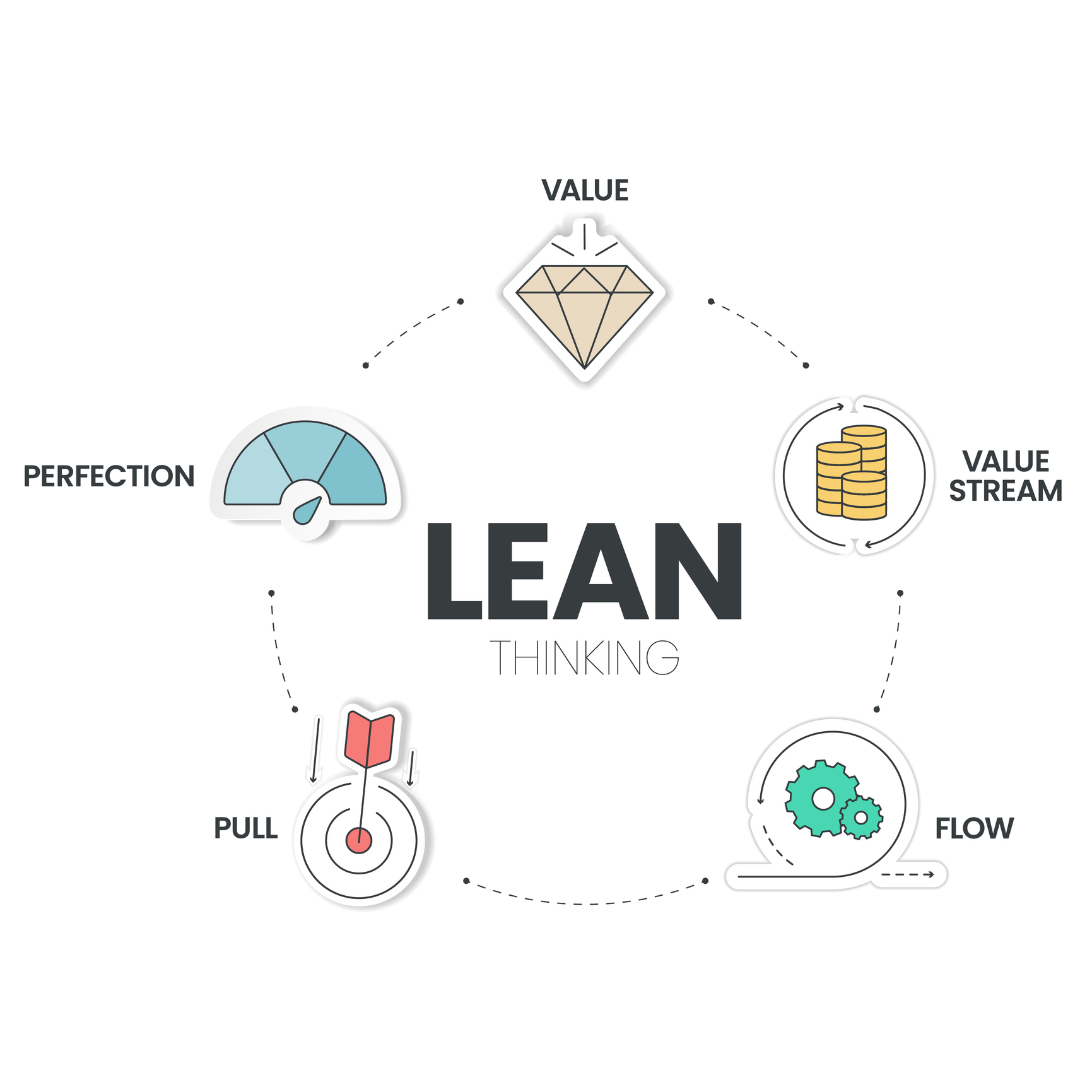Traditionally, businesses have prioritized the same three goals: reducing costs, increasing sales, and growing profits. Following the upheaval caused by the pandemic, those priorities began to shift. Now, according to the findings of a recent survey of global business and IT leaders, companies are prioritizing customer satisfaction over sales.
One initiative closely aligned with customer value is value stream management (VSM). VSM spans the processes and people involved in the creation of a product or service, from the initial idea to the final delivery. It prioritizes visibility, alignment, and efficient processes, which all support the ultimate goal of delivering the most value to the customer. VSM platforms can help organizations measure customer value to ensure their efforts are meeting this important business objective. But how does a company measure customer value? What are the right metrics to track? And how does VSM help?
Why customer value?
We’re all familiar with the adage, “the customer is always right,” but that ideal isn’t always easy to achieve, especially when navigating conflicting priorities like budget cuts and the ever-increasing demand for more profits. If businesses learned anything during the COVID-19 pandemic it’s the critical importance of customer loyalty, and what better way to earn loyalty than by delivering customer value?
What is customer value? It’s different to every customer and organization, but on the surface, it’s how satisfied a customer is with the product or service you provide. Not surprisingly, measuring customer value is far more nuanced. One business may not be concerned with repeat business or loyalty because the nature of their product is one-time purchase. But they may be concerned about word of mouth. Meanwhile, other businesses may be hyper-aware of their social media reputation and take great pains to track and measure that engagement.
The 6 customer value metrics
As the saying goes, “you get what you measure.” That couldn’t be truer in the case of measuring customer value. After all, no customer is the same, and their experiences differ from one to the next. Customers have different ways of expressing their satisfaction or dissatisfaction, so it is not always easy to tell how they feel. That means you need to track satisfaction across several metrics.
In a recent survey, IT and business leaders were asked about their customer value measurement efforts. While 99 percent reported they are measuring customer value, only 5 percent were measuring all key metrics, meaning most have an incomplete or biased interpretation of customer value.
According to the Broadcom VSM maturity model, understanding and measuring customer value requires, at minimum, the following six key metrics.
- Customer happiness – While a highly subjective metric, this focuses on direct customer feedback, surveys, NPS scores etc.
- Customer adoption – This one is more straightforward and looks at customer adoption of products and services or features.
- Sales – Similarly, this metric demonstrates customers’ loyalty through net new purchases, renewals, maintained subscriptions, and other similar transactions.
- Customer support – Often an important indication of dissatisfaction, this measurement tracks engagement with customer support.
- OKRs focused on customer value – This metric looks at OKRs, KPIs and KPOs directly focused on unique product and services satisfaction.
- Social media – Perhaps one of the more powerful indicators of customer satisfaction is their use of social media to either praise or recommend vendor products and service, or to complain or warn others prospective customers away.
Drive customer value with VSM
Customer value is the core tenet of value stream management. So, it’s no surprise that VSM both supports customer value and helps measure it. One of the cornerstones of VSM is driving efficiency with process, communication, data and more. This focus results in numerous benefits, including:
– Reduces waste by helping the business connect investment planning to outputs and optimizing resources.
– Improves speed to market by eliminating silos, reducing friction, and optimizing workflow.
– Drives continuous improvement and enhances product quality, team productivity and morale through better capacity planning, resource management, and better communication and data visibility, helping to ensure a continuous feedback loop.
These benefits combine to help organizations drive value from establishing business objectives and investment plans to delivering products and services to customers – and every step in between. The ultimate goal is delivering more value to customers.
VSM helps measure what matters
VSM enables increased data visibility and communications across the business which supports the creation and measurement of customer value. However, measuring value is not a simple matter and organizations should not limit their scope to just one or two metrics. By measuring these six customer value metrics organizations gain a 360 degree view of customer value. Gaining a 360 degree view of customer value allows the business to gauge customer satisfaction at multiple points along the customer journey, not just at the beginning and conclusion of a sale. These six are a good place to start, but it’s best to evaluate the various ways your customers engage with the business to identify the metrics that will work best for you throughout your value stream.
To learn how value stream management helps some of the world’s leading organizations drive customer value, check out Broadcom’s annual VSM Summit on demand.








